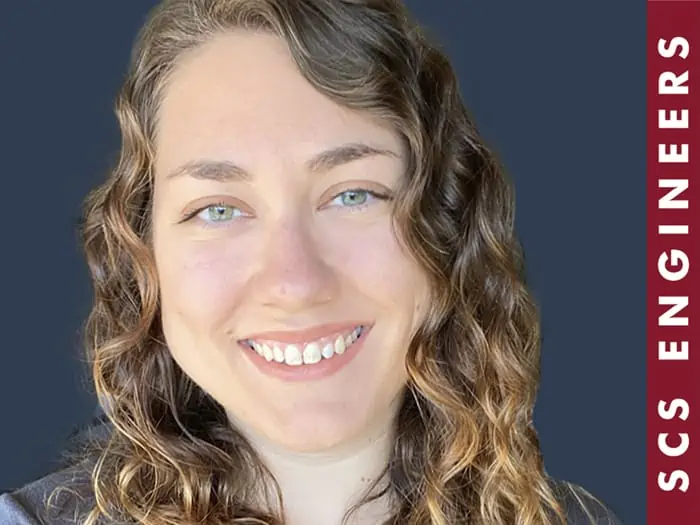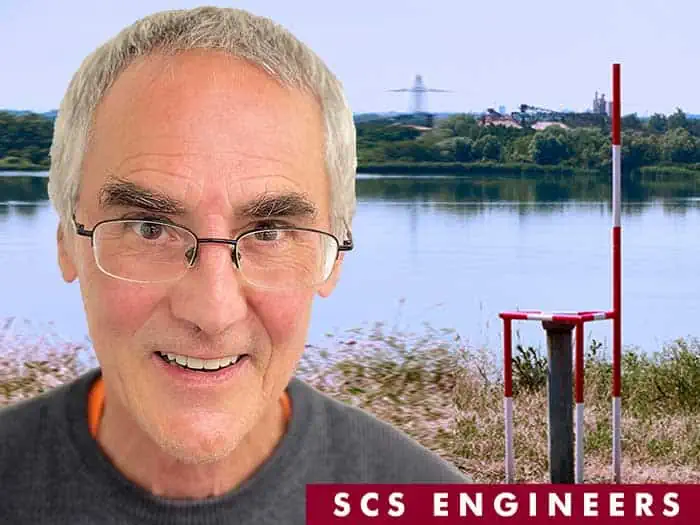

The Groundwater Protection Council is hosting is 2024 Underground Injection Control (UIC) Conference at the Sheraton Downtown Oklahoma City, February 26-28.
The sessions will explore the latest regulations, technologies, and best practices in underground injection control. The conference also offers in-depth technical workshops and many networking opportunities.
Click for more GPC 2024 UIC Conference details and registration information

Description: Class I UIC wells may be utilized to dispose fluid wastes within deep geologic units, such as depleted hydrocarbon reservoirs or saline aquifers. Class I UIC wells may be located in the vicinity of other injection wells associated with disposal and/or hydrocarbon production. Injecting fluids leads to mixing with, and displacement of, native fluids within the reservoir. Because water is relatively incompressible, the mixing and displacement of fluids leads to a buildup of pressure within the reservoir. The magnitude of this pressure buildup is dependent on several factors, including the porosity and permeability of the reservoir, the density and viscosity of both the previous and present day injectate and native fluids, and the thickness and lateral extent of the reservoir. Elevated reservoir pressures resulting from injection can allow fluids to migrate upwards through open or improperly plugged artificial penetrations and/or fractures of the reservoir or confining zones, either of which would endanger overlying aquifers. As a result, agencies require Class I UIC permit applications to include calculations or modeling to assess what pressure thresholds would lead to aquifer endangerment. Many of these calculations do not allow realistic predictions of pressure buildup or plume extent in situations where co-mingling of waste plumes may occur. In this presentation, we assess the utility of computational flow modeling for complex injection scenarios where co-mingling of waste plumes from neighboring operations might influence pressure buildup and overall plume extent.

Description: Class VI projects (involving underground injection control (UIC) wells for the geologic sequestration of carbon dioxide) can have a surprisingly large footprint in terms of lateral extent of pore space occupied by supercritical carbon dioxide as well as pressure increases in the injection zone. A limited amount of subsurface pore space is available in certain economically important sedimentary basins and there can be difficulties in finding unutilized pore space. Interactions among neighboring UIC projects can be an important consideration in the scoping and design of Class VI projects. Class VI project design has largely focused on examining the extent of the subsurface supercritical carbon dioxide plume and ensuring access to, and control over, the pore space physically occupied by the plume. Subsurface pore space is also influenced by the pressure buildup during injection. The existence of pressure buildup from neighboring injection projects can be an important limitation in efficiently utilizing pore space resources across multiple projects. In this study, we examine the factors that affect the injectability of a supercritical carbon dioxide stream in the vicinity of a preexisting Class I (liquid waste) UIC well. We consider the factors that influence the pressure distribution in the injection zone, such as the compressibility of water and supercritical carbon dioxide, the properties of the aquifer materials, and the geometry of the injection zone and injection wells. We conclude by summarizing the general factors that should be considered in project scoping and Area of Review delineation. Additional authors: Kacey Garber, SCS Engineers, and Lindsey Hawksworth, SCS Engineers.
We hope to see you there!